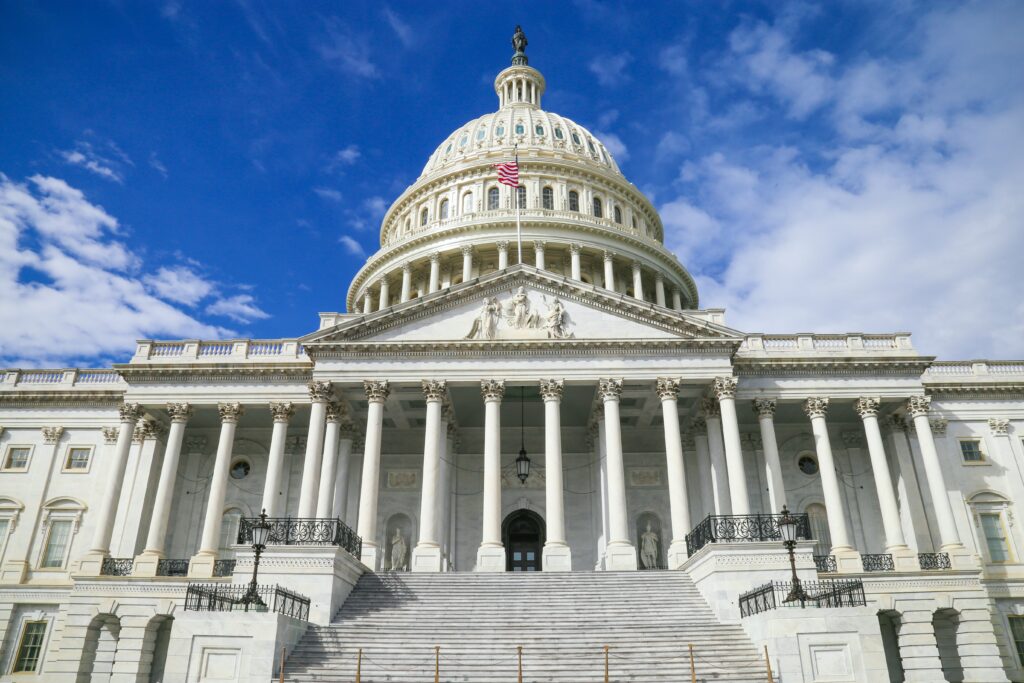How Does the Flu become Life-Threatening and What Can I Do to Protect Myself?

Influenza itself can be deadly in vulnerable patients due to difficulties in breathing and dehydration. However, complications like pneumonia are the real killers.
What are Latest Trends in Senior Care Facility Design?

The senior care industry has undergone tremendous change recently. While senior care operations may be reshaped and reimagined, the same is occurring to the physical buildings and layouts of senior care communities. New trends are emerging, many of which will likely have a lasting impact on the industry.
What Should I Know about a Do-Not-Resuscitate Order or DNR?

If you are admitted to a hospital for even minor procedures, there is a good chance you will be asked to read and consider signing a do-not-resuscitate order.
Will Congress Provide more Resources for Elder Care?

As the baby boom generation gets older, families are trying to figure out how to keep their parents out of nursing homes — which became even less attractive when Covid-19 ravaged assisted living facilities — while dealing with their growing and expensive needs. They’re also about to become the center of a political fight in Washington.
Alzheimer’s Foundation Unveils New Model Apartment

Welcome to ‘The Apartment,’ a full-scale model of a home in New York City designed by the Alzheimer’s Foundation of America to show how technology and innovative design ideas can help people living with dementia.
How Does a Breakthrough COVID Infection Feel?

Generally speaking, vaccinated people who contract COVID-19 and develop symptoms are prone to the same ones that an unvaccinated person might experience. These include fever, cough, shortness of breath, fatigue, body aches, headache, sore throat, congestion, nausea, vomiting and diarrhea. Loss of taste or smell can sometimes serve as telltale clue, although it doesn’t happen to everyone.
What’s the Criticism of the New Alzheimer’s Drug?

The controversy surrounding the Biogen drug, including its potential cost, comes against a landscape of massive, unmet need for dementia treatment and a disease that costs the U.S. as much as $259 billion annually. More than six million Americans have Alzheimer’s or another form of dementia, according to estimates from the Alzheimer’s Association, and by 2050 that number could reach over 12 million people at a cost of $1 trillion annually.


